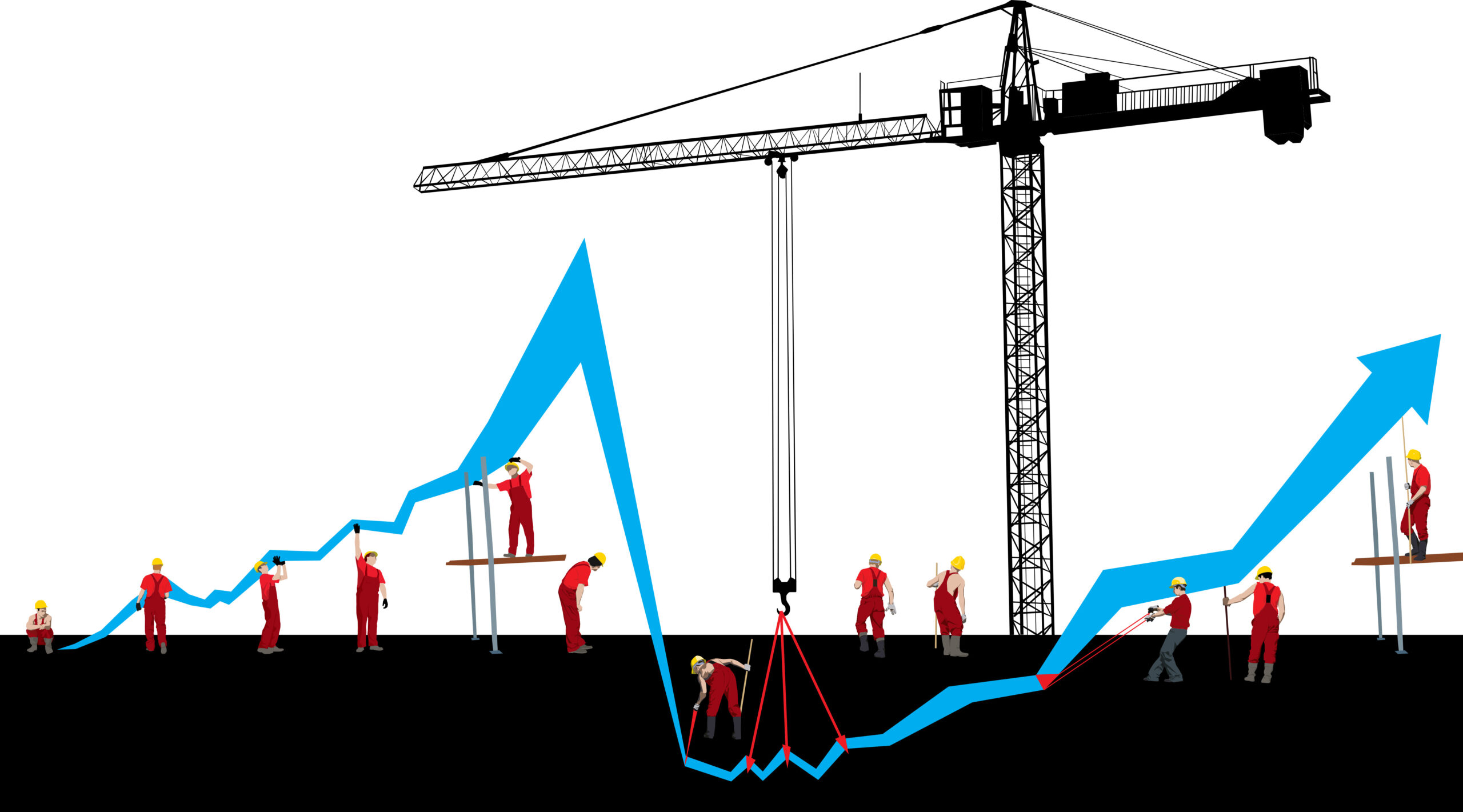Blog
Will takeoff technology take off?
A look at the construction technologies impacting electronic takeoff software.
While everyone in the construction industry works hard, the industry has a reputation for being something of a slacker when it comes to adopting technology. For construction companies, producing takeoffs efficiently and accurately is essential to speeding the estimating process, winning more bids and staying competitive. But many are still performing takeoffs using manual processes dependent on paperwork, spreadsheets and the specialized knowledge of individual estimators. What’s the state of technology adoption in the construction industry, and what innovative technologies are available now to help estimators boost productivity and gain a competitive edge with Construction Estimating Takeoff Technology?
The industry has some catching up to do
While most contractors have been using basic business software for decades, the industry has been on the low end of the technology adoption curve. Overall, contractors are simply not taking advantage of existing technology that could help their businesses.
A 2020 FMI Industry Report found that 70% of architecture, engineering and construction (AEC) companies don’t have a technology roadmap. While 52% said that maximizing productivity was important, only 40.5% reported using productivity software. A Dodge Data & Analytics 2019 study, “Using Technology to Improve Risk Management in Construction,” found that 90% of the contractors surveyed do not specifically budget for innovation.
With technology’s power to transform operations and deliver measurable efficiency and productivity gains, contractors are wise to seek out the proven tools such as Construction Estimating Takeoff Technology to help them stay lean and profitable.
Productivity rates are largely unmoved
According to McKinsey Global Institute, builders’ productivity growth worldwide has averaged only 1% per year over the past two decades, compared to 3.6% growth in the manufacturing sector for example. In the U.S., the news gets even worse: construction productivity has actually dropped by half since the late 1960s.
What’s to blame for stagnant productivity rates? Certainly, the industry’s reliance on spreadsheets and disconnected technologies has to share some of the blame. Nearly 65% of estimators use spreadsheets as part of their workflow and only 37% of estimators are using dedicated electronic takeoff software.
Technology can move the bar
The construction industry is primed (and overdue) for process and technology advances, particularly surrounding estimating and takeoffs. Here are some ways Construction Estimating Takeoff Technology is moving the bar for estimators and their employers.
- File conversion is redundant
Many takeoff products recommend or require estimators to perform a lengthy PDF to TIF conversion of all drawings before they can start takeoff. Creating a 100-page PDF could take 30 minutes or more depending on processing power. The best takeoff applications have the technology to utilize PDF files right out of the gate. - Integration is foundational
Electronic takeoff software provides enormous time savings and improved accuracy — however those gains can quickly be negated if you have to manually re-enter the information into your estimating application. Takeoff applications that provide deep and seamless integration with your preferred estimating software will save you time and minimize errors. - BIM looms large
5-D BIM promises to transform many elements of building design and construction. While 2-D takeoffs are still the dominant method, contractors must be ready with the technology tools needed to embrace BIM or they may soon be left behind. New Construction Estimating Takeoff Technology addresses this by making it possible to do production estimating work simultaneously using both 2-D and 3-D content. - AI is looking smart
Artificial Intelligence (AI) is one of the most talked about technologies across nearly every industry — except construction. Simply put, AI is a term to describe when a computer mimics human cognitive functions, like problem-solving and pattern recognition. And estimators know that takeoff involves a lot of both of these. AI in takeoff applications is still rare, but its power to transform the takeoff process is a game changer for Construction Estimating Takeoff Technology. - Technology attracts skilled estimators
Like many industries, the construction industry needs more skilled workers. The shortage of skilled personnel includes construction cost estimators. In fact, the Bureau of Labor Statistics predicts job growth for cost estimators will increase by 11% by 2024, creating fierce competition among construction firms to find and retain talented estimators. The most efficient and productive estimators will naturally be in the highest demand. As the baby boomer generation of estimators retire, contractors will need to win over the next generations of tech-savvy candidates, and spreadsheets aren’t going to do it.
The future is here
Estimators can and should play a major role in how contractors take advantage of new capabilities to deliver projects more efficiently, for less cost and with higher profit margins. eTakeoff is an innovative, feature rich electronic takeoff solution that is leveraging technology in groundbreaking new ways. For example, we’re introducing SnapAI™ which uses AI to perform the fastest, most accurate area takeoffs possible. It’s built right into eTakeoff Premier. We’ll be covering SnapAI’s capabilities in detail in upcoming posts. If you want a sneak peek – contact us for a demonstration.



